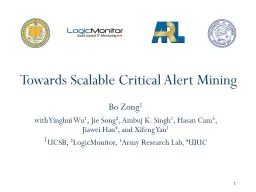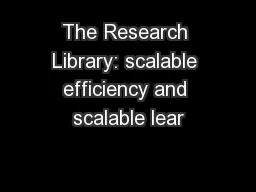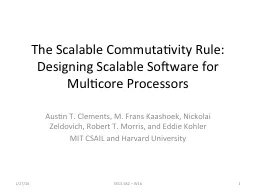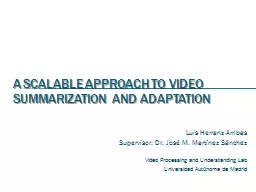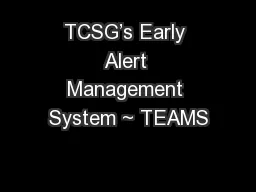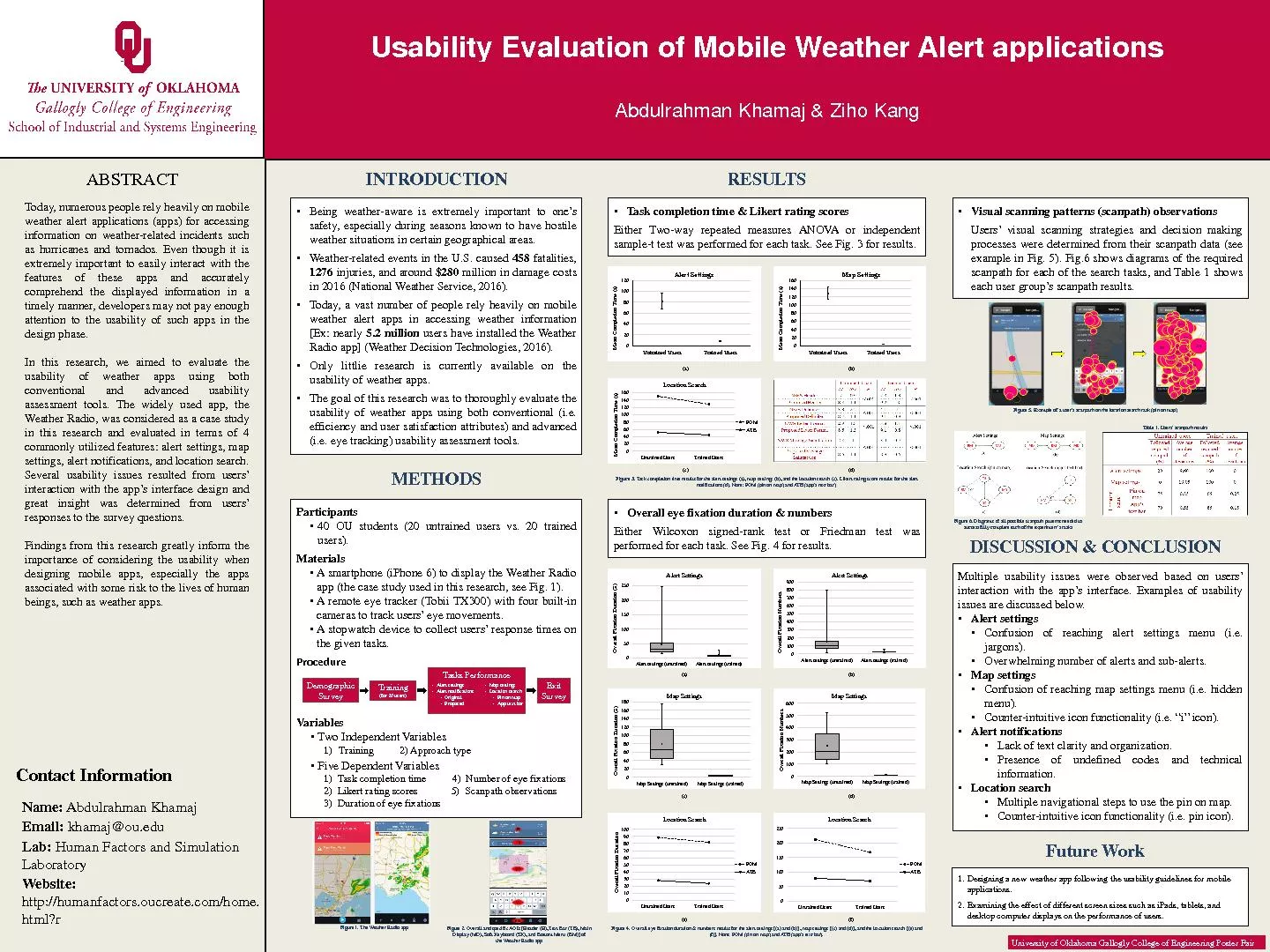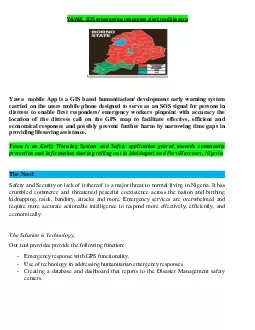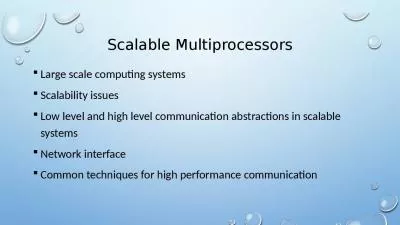PPT-Towards Scalable Critical Alert Mining
Author : pamella-moone | Published Date : 2015-10-16
Bo Zong 1 w ith Yinghui Wu 1 Jie Song 2 Ambuj K Singh 1 Hasan Cam 3 Jiawei Han 4 and Xifeng Yan 1 1 UCSB 2 LogicMonitor 3 Army Research Lab
Presentation Embed Code
Download Presentation
Download Presentation The PPT/PDF document "Towards Scalable Critical Alert Mining" is the property of its rightful owner. Permission is granted to download and print the materials on this website for personal, non-commercial use only, and to display it on your personal computer provided you do not modify the materials and that you retain all copyright notices contained in the materials. By downloading content from our website, you accept the terms of this agreement.
Towards Scalable Critical Alert Mining: Transcript
Download Rules Of Document
"Towards Scalable Critical Alert Mining"The content belongs to its owner. You may download and print it for personal use, without modification, and keep all copyright notices. By downloading, you agree to these terms.
Related Documents

